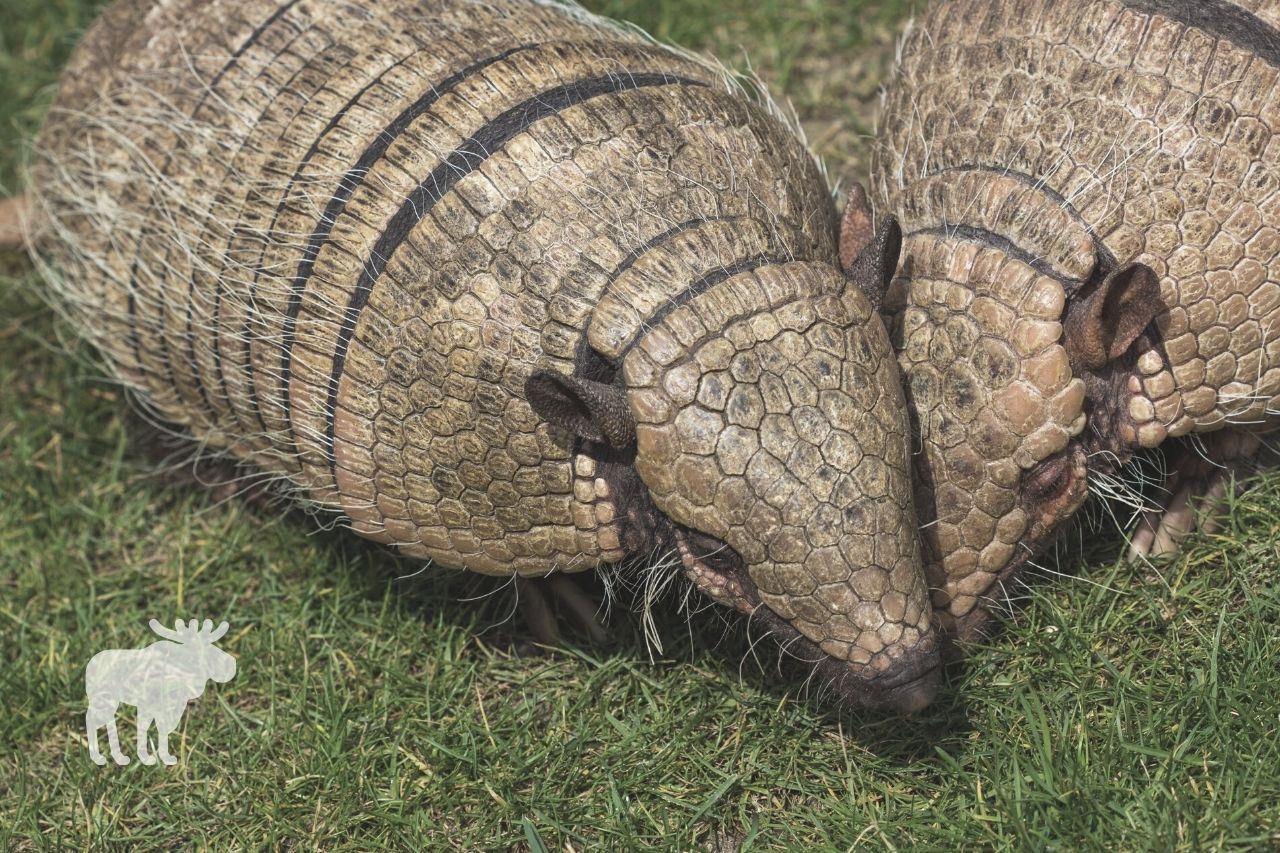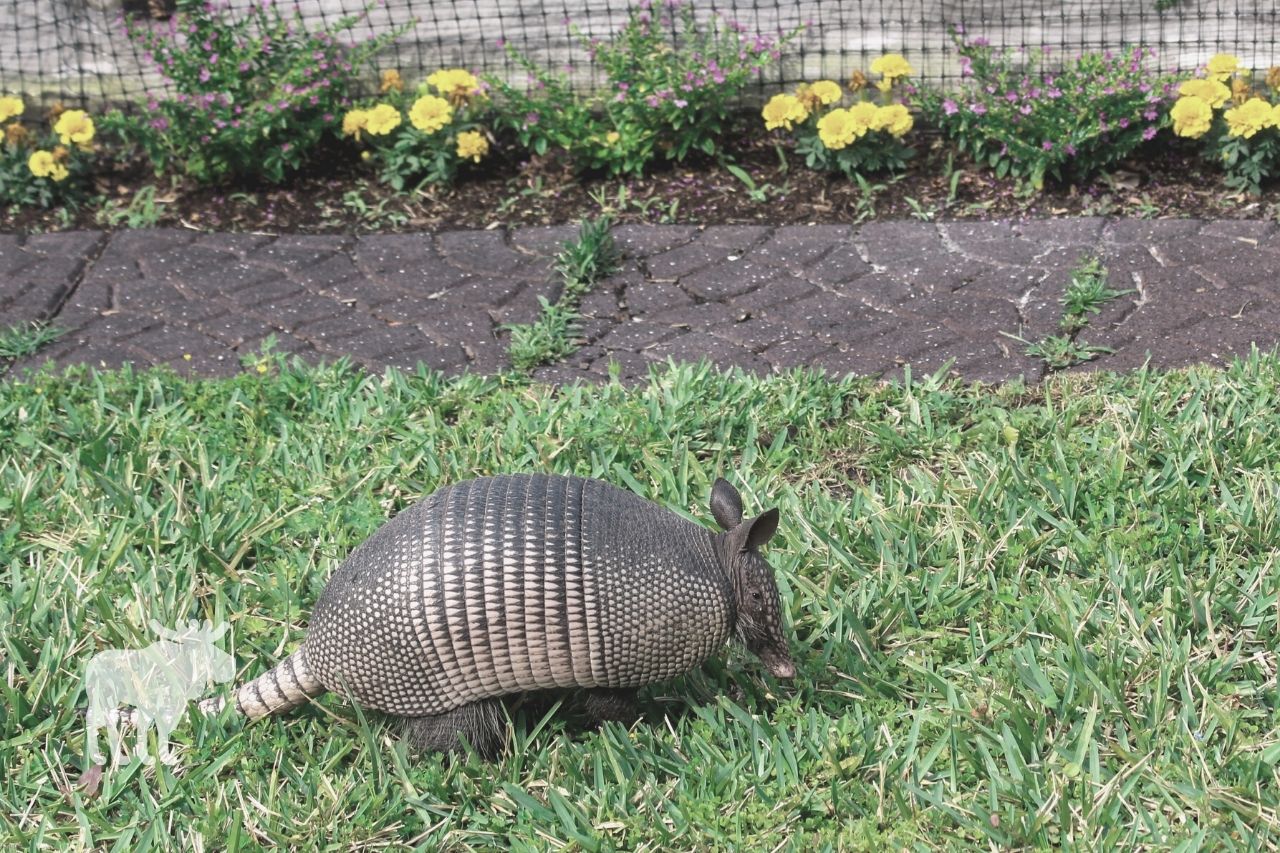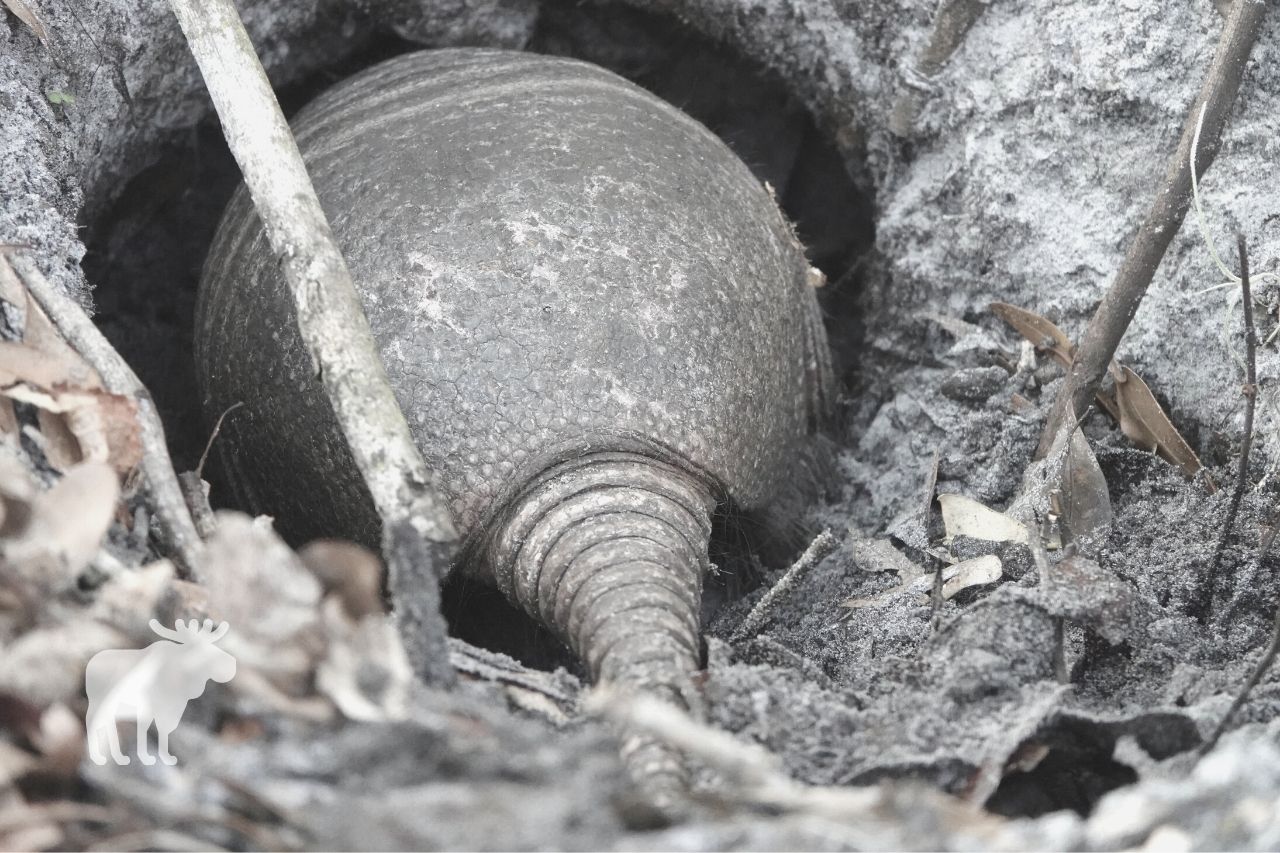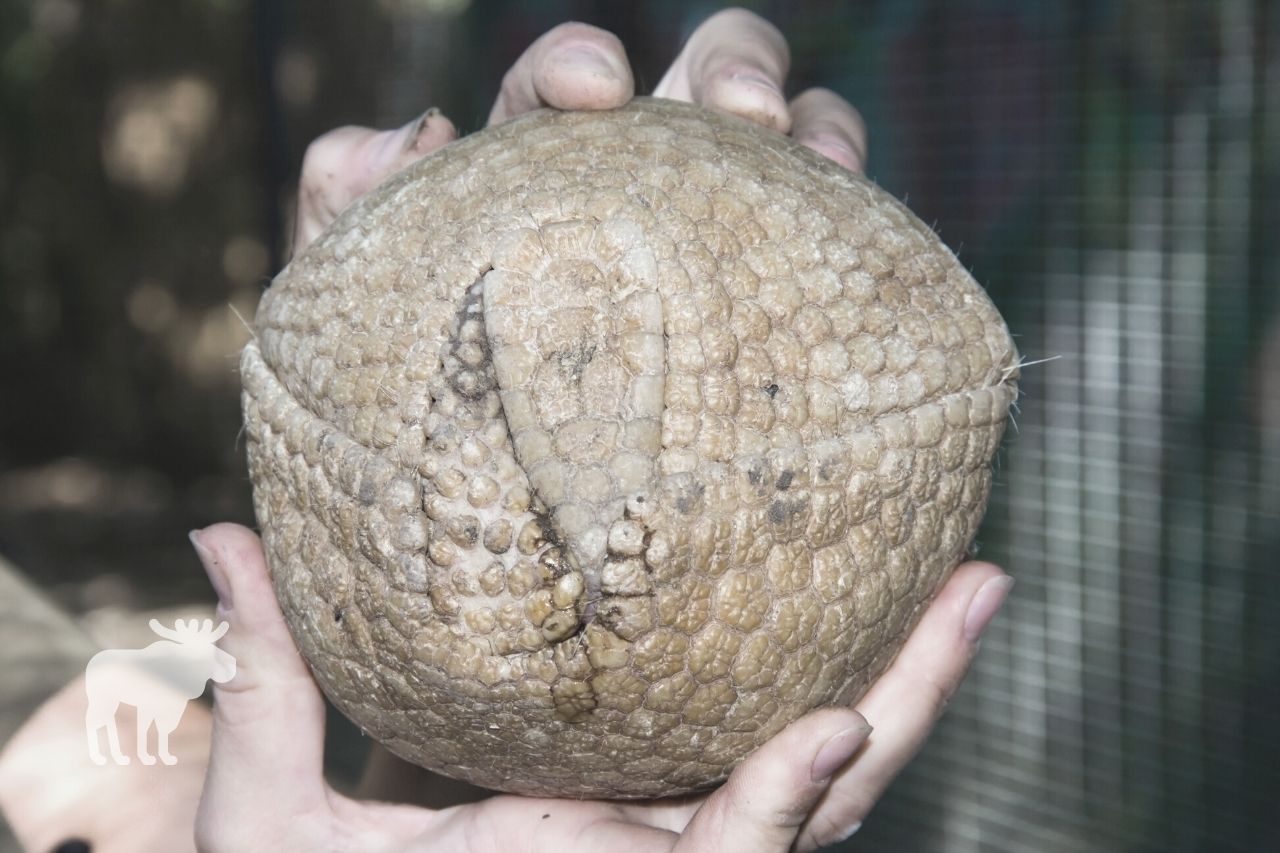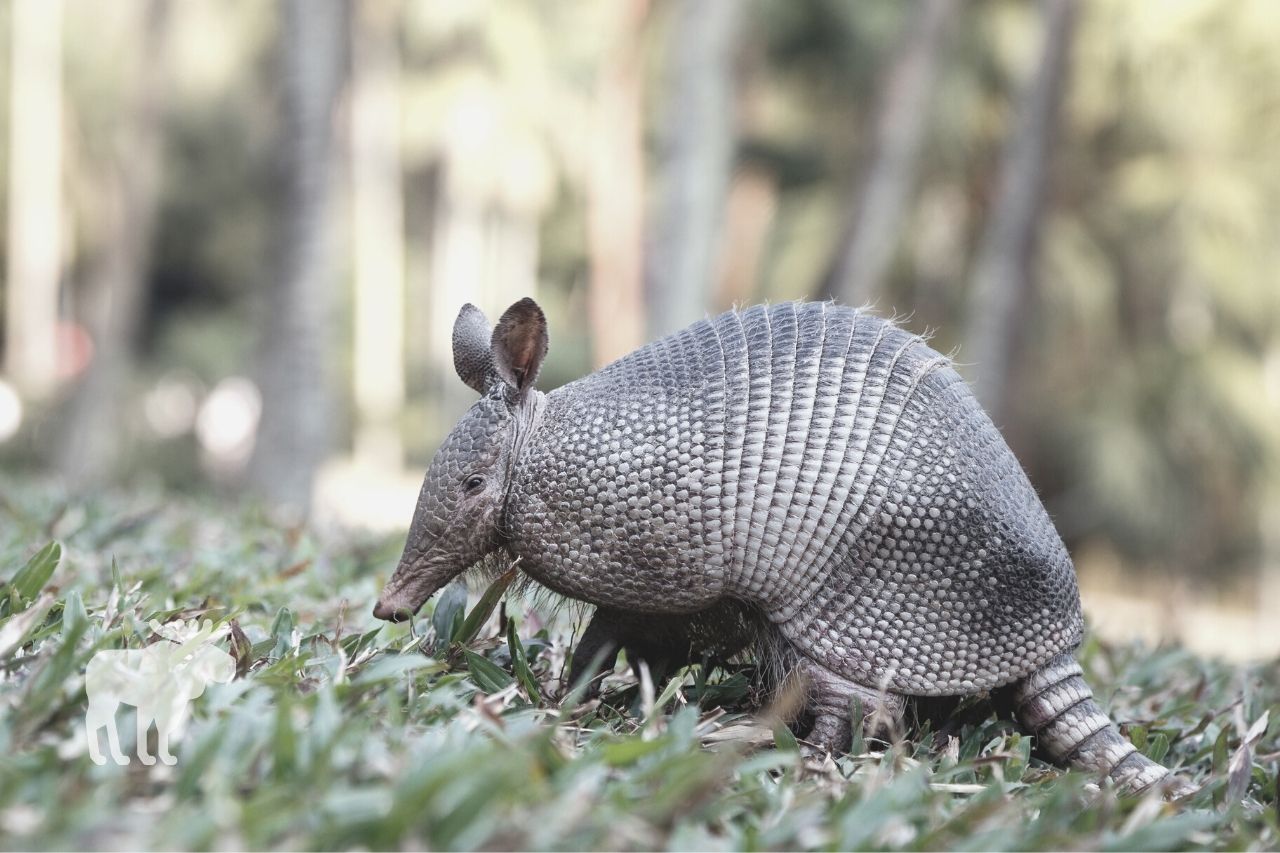Why Do Acacia Trees Have Thorns?
Acacia refers to a genus of trees that contain around 160 species. While the acacias in Africa and Australia are the most well-known and recognizable, the different species live all over the world. Many types of acacia trees have long, sharp thorns that serve a useful purpose. In this article, we’ll discuss how those thorns … Read more





